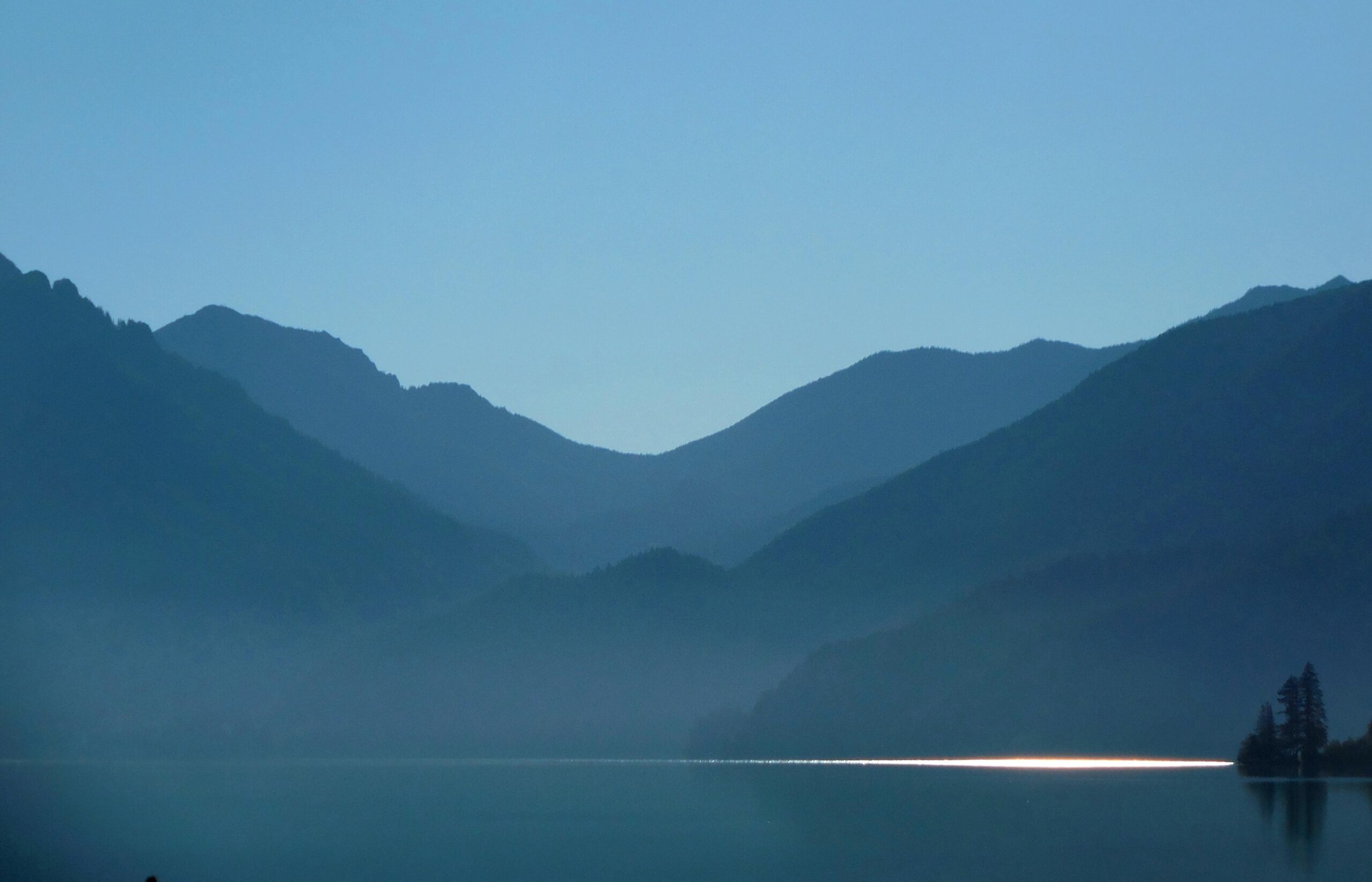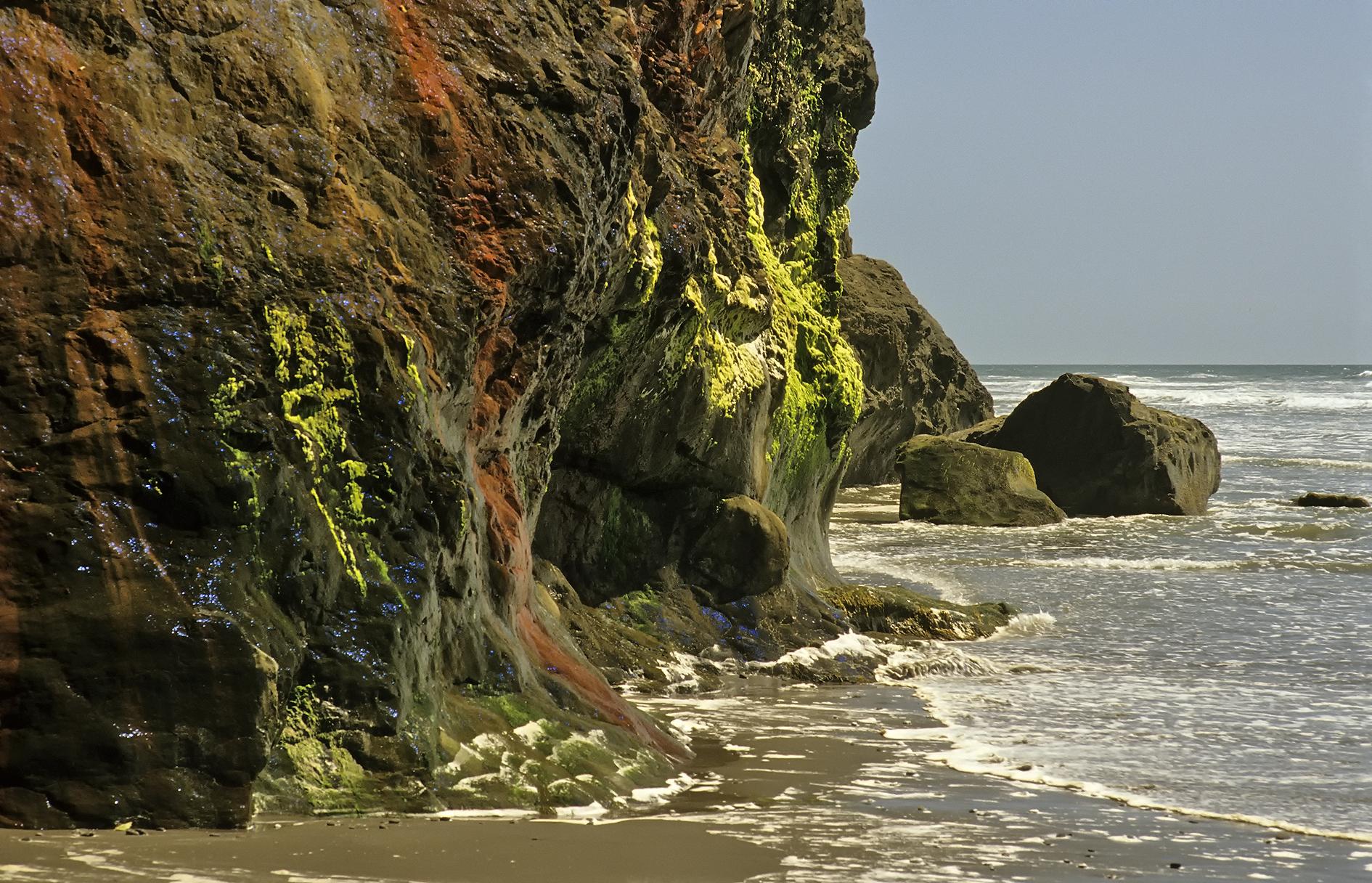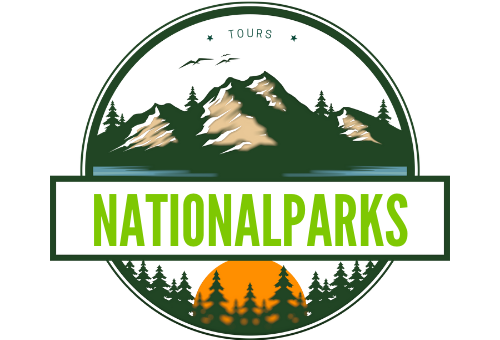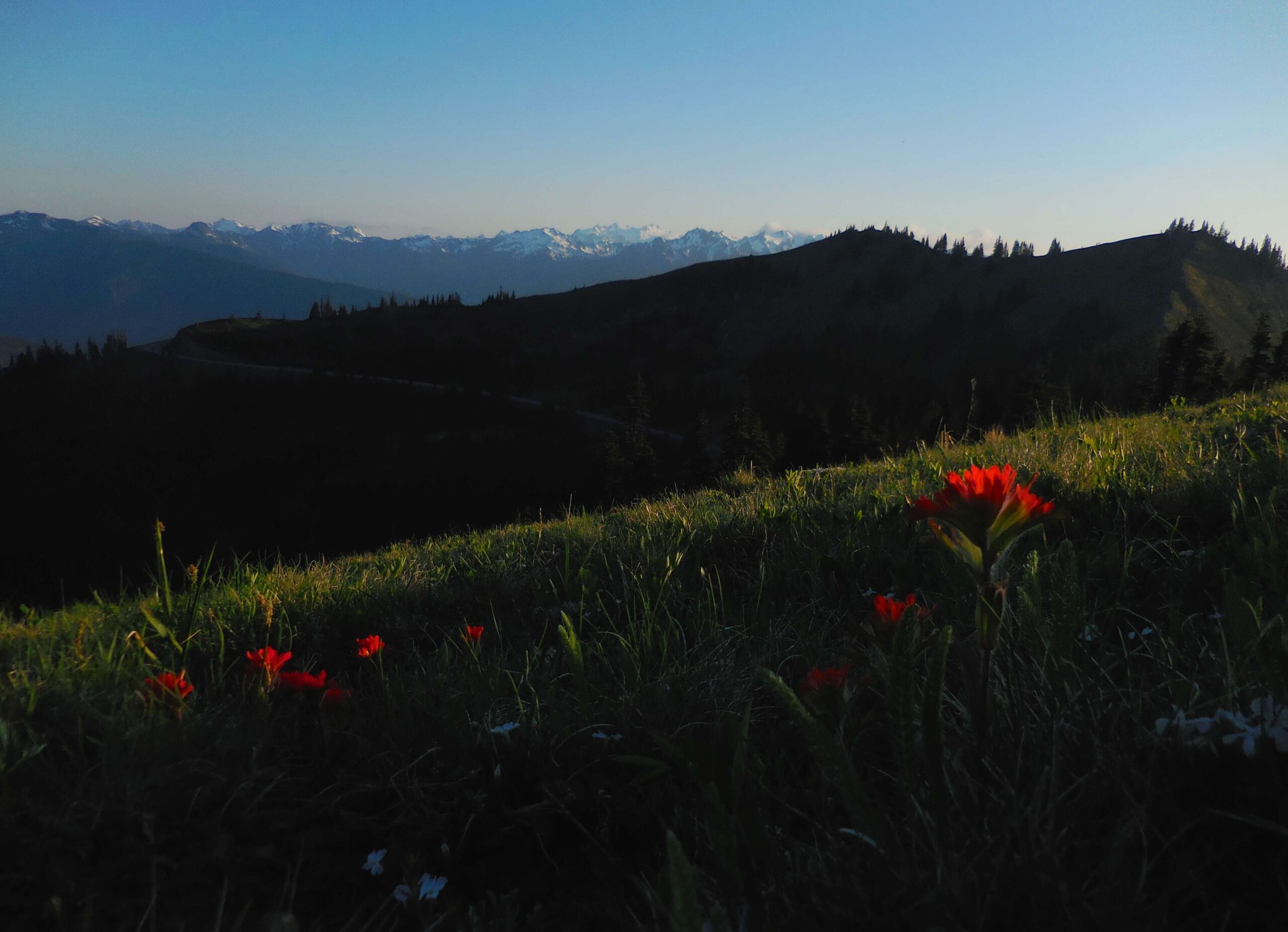Olympic National Park, a diverse wilderness spanning nearly a million acres, offers visitors a unique blend of ecosystems from rugged coastlines to lush rainforests and alpine meadows. This insiders guide provides expert tips on navigating the park’s best trails, must-see attractions, and wildlife viewing opportunities. Discover hidden gems, learn essential packing strategies, and gain valuable insights to make your visit truly memorable.
What Are the Top 5 Insider Tips for Navigating Olympic National Park?

- Hurricane Ridge Trail to Hurricane Hill
- Distance: 3.2 miles roundtrip
- Difficulty: Easy to moderate
- Elevation Gain: 700 feet
- Time: 2 hours
-
Best Time: Mid-April to September
-
Mount Storm King
- Distance: 4.65 miles roundtrip
- Difficulty: Strenuous
- Elevation Gain: 2,130 feet
- Time: 3 to 5 hours
-
Best Time: Spring and summer
-
Sol Duc Falls
- Distance: 1.6 miles roundtrip
- Difficulty: Easy
- Elevation Gain: 200 feet
- Time: Approximately 1 hour
-
Best Time: Spring
-
Hall of Mosses and Spruce Nature Trail (Hoh Rainforest)
- Distance: 0.8 miles (Hall of Mosses) and 1.2 miles (Spruce Nature Trail)
- Difficulty: Easy
- Elevation Gain: Minimal
- Time: 30 minutes (Hall of Mosses) and 45 minutes (Spruce Nature Trail)
-
Best Time: Spring and summer
-
High Divide / Seven Lakes Basin
- Distance: 19 miles roundtrip
- Difficulty: Very difficult
- Elevation Gain: 4,000 feet
- Time: 2-3 days backpacking trip
- Best Time: Late spring and summer
What Are the Must-See Attractions in Olympic National Park?

- Hurricane Ridge
- Location: End of Hurricane Ridge Road
- Parking: Available at the end of Hurricane Ridge Road
- Amenities: Visitor center, restrooms, picnic areas
-
Entry: National Park Pass required
-
Hoh Rainforest
- Location: Hoh River Road
- Parking: Available at the Hoh Rainforest parking lot
- Amenities: Visitor center, restrooms, picnic areas
- Entry: National Park Pass required
-
Must-see Trails: Hall of Mosses, Spruce Nature Trail
-
Sol Duc Falls
- Location: Behind Sol Duc Hot Springs Hotel
- Parking: Available at the Sol Duc Trailhead
- Amenities: Restrooms, picnic areas, hot springs
-
Entry: National Park Pass required
-
Lake Crescent
- Location: Lake Crescent area
- Parking: Various parking lots around the lake
- Amenities: Boat launch, restrooms, picnic areas
- Entry: National Park Pass required
-
Must-see Trails: Spruce Lake Trail, Marymere Falls
-
Rialto Beach
- Location: Mora Road
- Parking: Available at the Rialto Beach parking lot
- Amenities: Restrooms, picnic areas
- Entry: National Park Pass required
- Must-see: Hole-in-the-Wall, tidepools during low tide
What Should Be on Your Essential Packing List for Olympic National Park?
Hiking Gear
- Hiking boots/shoes
- Trekking poles (optional)
- Backpack with rain cover
- Extra layers and waterproof jacket
- Map and compass or GPS device
- First aid kit
- Headlamp or flashlight
- Sunscreen and insect repellent
Wildlife Viewing Gear
- Binoculars
- Camera with telephoto lens
- Field guide to local wildlife
Weather and General Supplies
- Water and water purification tablets/filter
- Food and snacks
- Emergency shelter and warmth
- Multi-tool or pocket knife
- Fire starter
- Personal hygiene items
Quantities and Types of Supplies
- At least 2-3 liters of water per person per day
- Non-perishable food for the duration of your stay plus one extra day
- Extra batteries for electronic devices
- First aid kit essentials
What Are the Best Wildlife Viewing Tips in Olympic National Park?
Best Times and Locations
- Black Bears: Common in the Hoh Rainforest and along the Sol Duc River. Best seen early morning or late afternoon.
- Mountain Goats: Often spotted on the Klahhane Ridge and Mount Angeles trails. Best seen during late spring and summer.
- Elk: Frequently seen in the Hoh River valley, especially during the fall rutting season.
Safety Guidelines
- Keep a safe distance from wildlife (at least 100 yards for bears and 25 yards for other animals).
- Store food and trash properly to avoid attracting wildlife.
- Make noise while hiking to avoid surprising animals.
- Carry bear spray and know how to use it.
Permits or Regulations
- No specific permits are required for wildlife viewing, but follow park regulations and guidelines.
- Check with park rangers for any specific advisories or closures related to wildlife activity.
How Can You Make the Most of Your Visit to Olympic National Park?
- Plan Your Visit Seasonally
- Summer (June-August): Peak season with the best weather and accessibility.
- Fall (September-November): Less crowded, beautiful fall colors, and elk rutting season.
- Winter (December-February): Limited access, but great for snowshoeing and cross-country skiing.
-
Spring (March-May): Waterfalls at peak flow, wildflowers blooming, but some areas may still be snow-covered.
-
Explore Different Ecosystems
- Coastal Areas: Rialto Beach, Second Beach, Ruby Beach
- Rainforests: Hoh Rainforest, Quinault Rainforest
-
Alpine Areas: Hurricane Ridge, Deer Park
-
Take Advantage of Ranger-Led Programs
- Join guided hikes, educational talks, and evening programs offered by park rangers.
-
Check the park’s official website or visitor centers for schedules.
-
Practice Leave No Trace Principles
- Pack out all trash
- Stay on designated trails
- Respect wildlife and plant life
-
Minimize campfire impacts
-
Consider Less-Visited Areas
- Explore the Quinault Valley for a quieter rainforest experience.
- Visit Deer Park for stunning alpine views with fewer crowds than Hurricane Ridge.
By following this insiders guide to Olympic National Park, you’ll be well-prepared to explore the park’s diverse landscapes, spot wildlife safely, and make the most of your visit to this natural wonderland. Remember to always check current conditions and regulations before your trip, as they can change seasonally or due to unforeseen circumstances.
References:
1. Earth Trekkers – 17 Great Hikes in Olympic National Park
2. Wildland Trekking – Visiting Olympic National Park in Spring
3. Wheatless Wanderlust – Hiking In Olympic National Park: A Guide For First Timers

